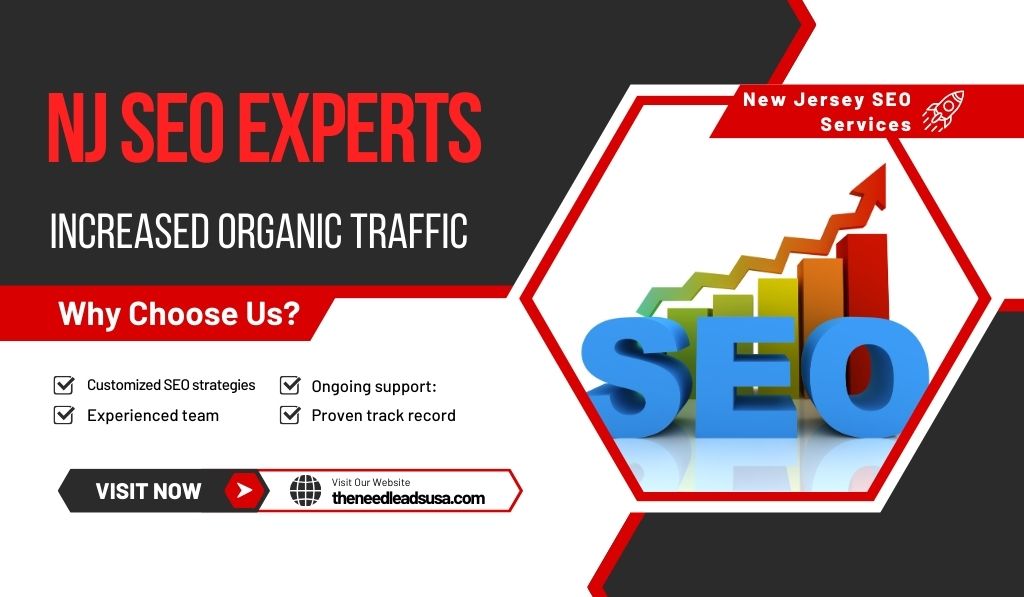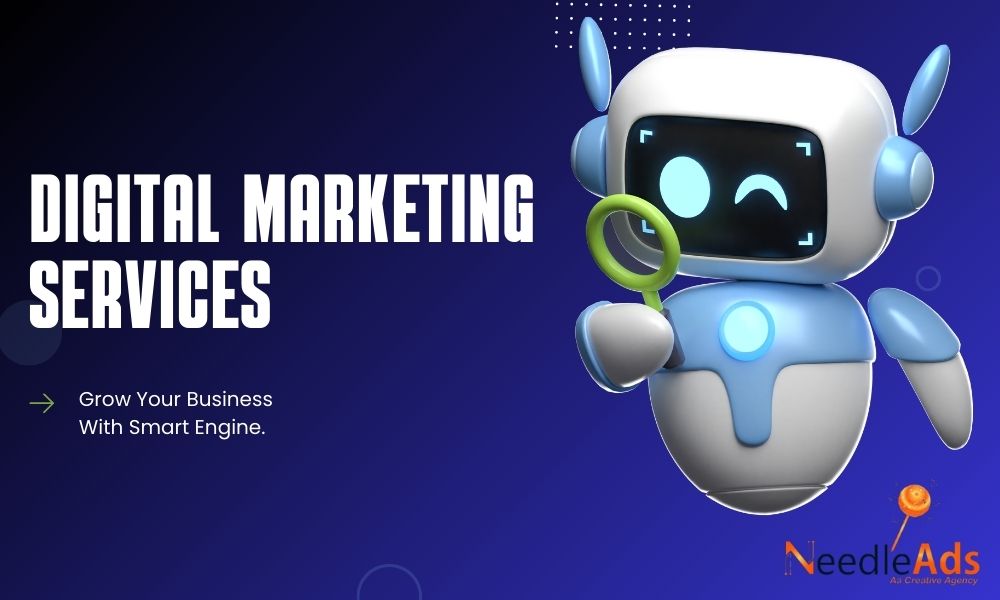In today’s fast-paced digital world, customers expect immediate and convenient access to information and support. Businesses are constantly seeking innovative ways to meet these demands while optimizing resources. Enter chatbots, AI-powered virtual assistants programmed to simulate conversation with human users. Chatbots have transcended their initial novelty phase and now play a crucial role in revolutionizing customer support. This article explores the numerous advantages of setting up chatbots on your website for customer support, highlighting their impact on website design, digital marketing, search engine optimization (SEO), and lead generation.
Understanding Chatbots and Their Applications in Customer Support
A chatbot, also known as an AI chatbot, is a computer program designed to simulate conversation with human users through text or voice commands. Chatbots are typically integrated into websites, mobile apps, or messaging platforms like Facebook Messenger, WhatsApp, or even SMS. They can handle a wide range of customer support tasks, including:
- Answering frequently asked questions (FAQs): Chatbots can be programmed to answer a vast array of common customer inquiries, freeing up human agents to address more complex issues.
- Providing basic troubleshooting: Chatbots can guide customers through simple troubleshooting steps, resolving minor issues without requiring human intervention.
- Scheduling appointments: Chatbots can automate appointment scheduling, allowing customers to book consultations or service calls at their convenience.
- Live chat escalation: Chatbots can offer live chat functionality, seamlessly connecting customers to human support agents for more intricate issues.
- Collecting customer feedback: Chatbots can gather valuable customer feedback through surveys and polls, helping businesses improve their products, services, and overall customer experience.
The Compelling Advantages of Chatbots for Customer Support
There are numerous compelling reasons for businesses to embrace chatbots for customer support. Here’s a closer look at the key benefits:
-
24/7 Availability: Unlike human agents, chatbots are available 24/7, 365 days a year. This ensures customers receive prompt assistance regardless of time zone or business hours. This accessibility can significantly enhance customer satisfaction, especially for businesses operating globally.
-
Improved Efficiency and Reduced Costs: Chatbots can handle a high volume of customer inquiries simultaneously, freeing up human agents to focus on complex issues requiring a more personalized touch. This reduces the workload on support teams, potentially leading to cost savings in the long run. Additionally, some platforms offer free AI chatbots or freemium models with limited functionalities, making them accessible even for businesses with tight budgets.
-
Faster Resolution Times: By addressing basic inquiries and providing self-service options, chatbots can significantly reduce customer wait times for support. This faster resolution can lead to higher customer satisfaction and improved brand loyalty.
-
Increased Customer Satisfaction: Chatbots can personalize the customer support experience by tailoring their responses based on user input and past interactions. For example, chatbots can greet users by name, reference past purchases, or suggest relevant content based on browsing behavior. This personalization can make customers feel valued and contribute to a more positive overall experience.
-
Enhanced Lead Generation: Chatbots can be programmed to qualify leads by asking strategic questions and collecting valuable customer data. This data can then be used for targeted marketing campaigns, nurturing leads, and ultimately driving conversions.

The Impact of Chatbots on Website Design & Development and User Experience
The integration of chatbots into your website design can significantly enhance user experience. Here’s how:
-
Improved Navigation: Chatbots can act as virtual guides, assisting users in navigating your website and finding the information they need quickly and efficiently. This can be particularly beneficial for complex websites with extensive product catalogs or service offerings.
-
Reduced Bounce Rates: By providing instant support and self-service options, chatbots can help keep visitors engaged on your website, reducing bounce rates and increasing overall user satisfaction. Lower bounce rates can also have a positive impact on your website’s search engine ranking (more on this later).
-
Accessibility Features: Chatbots can offer accessibility features for users with disabilities, such as text-to-speech conversion or screen reader compatibility. This promotes inclusivity and broader customer reach for your website.

Leveraging Chatbots for Effective Digital Marketing Strategies
Chatbots can be a valuable asset in your digital marketing toolbox. Here’s how they can contribute to your overall marketing strategy:
- Personalized Marketing Campaigns: Chatbots can collect valuable user data during interactions, allowing you to tailor marketing campaigns to individual customer preferences and purchase history. This personalized approach can significantly improve campaign effectiveness and conversion rates.
- Targeted Lead Generation: By engaging in qualifying conversations, chatbots can identify potential customers and gather essential information for lead nurturing initiatives. This allows you to focus marketing efforts on high-potential leads, maximizing your return on investment (ROI).
- Promotional Offers and Upselling: Chatbots can present targeted promotional offers and upselling opportunities to users based on their browsing behavior and past purchases. This can be a great way to increase sales and revenue without being overly intrusive. However, it’s important to strike a balance and avoid overwhelming users with promotional messages.
- Social Media Integration: Integrate chatbots with your social media platforms to provide customer support directly through popular messaging apps, expanding your customer reach and offering a convenient support channel for users who are already active on social media. This can also help build brand loyalty and encourage positive customer interactions on social media platforms.
Beyond Free AI Chatbots: Exploring Advanced Features
While free AI chatbots and freemium models offer a starting point, businesses looking for more advanced functionalities might consider paid chatbot solutions. These solutions offer a wider range of capabilities, including:
- Natural Language Processing (NLP): Advanced chatbots leverage NLP to understand and respond to natural language, making conversations more human-like and engaging for users. This allows for a more natural and intuitive user experience.
- Machine Learning: Chatbots can learn and adapt over time by analyzing past interactions and user data. This allows them to provide increasingly accurate and relevant responses, improving the overall effectiveness of the chatbot.
- Sentiment Analysis: Advanced chatbots can analyze user sentiment to gauge their satisfaction level and identify potential issues. This allows businesses to proactively address customer concerns and improve their overall customer service experience.
- Integration with CRM Systems: Chatbots can be integrated with Customer Relationship Management (CRM) systems, allowing for seamless data transfer and a more holistic view of customer interactions.
Implementation Considerations for Chatbots
While chatbots offer numerous benefits, careful planning and implementation are crucial for success. Here are some key considerations:

- Define Your Objectives: Clearly define the goals you want to achieve with your chatbot. Are you aiming to reduce support wait times, improve lead generation, or offer 24/7 customer support?
- Identify Your Target Audience: Understand who your ideal customers are and tailor the chatbot’s capabilities and communication style to their needs and preferences. Consider factors like demographics, preferred communication channels, and typical pain points.
- Choose the Right Chatbot Platform: A variety of chatbot platforms are available, each with its own strengths and weaknesses. Evaluate your needs, budget, and desired functionalities to select the platform that best suits your requirements. Consider factors like ease of use, scalability, and integration capabilities with your existing systems.
- Train Your Chatbot: Develop a comprehensive training plan for your chatbot, ensuring it has the necessary knowledge base and conversational skills to effectively address customer inquiries. This may involve feeding the chatbot with relevant data, scripting common scenarios, and establishing response guidelines.
- Monitor and Analyze Performance: Regularly monitor your chatbot’s performance and analyze user interactions. This will help you identify areas for improvement and optimize your chatbot’s effectiveness over time. Track metrics like user satisfaction ratings, resolution rates, and conversation length to identify areas for improvement.
Beyond Google AI Chatbot and Bing Chatbot: Exploring Third-Party Options
While Google AI Chatbot (Dialogflow) and Bing Chatbot (Microsoft Bot Framework) are prominent players in the chatbot development space, numerous third-party chatbot platforms offer a wider range of features and customization options. Here are some factors to consider when choosing a third-party chatbot platform:
- Cost: Pricing models for chatbot platforms can vary widely. Some offer freemium models with limited functionalities, while others have tiered pricing structures based on features and usage. Evaluate your needs and budget to select a cost-effective option.
- Ease of Use: Consider the platform’s user interface and ease of use. Ideally, the platform should be user-friendly and allow for easy chatbot development and management, even for those without extensive coding experience.
- Customization Options: The level of customization offered by the platform is crucial. Choose a platform that allows you to tailor the chatbot’s appearance, functionalities, and communication style to align with your brand identity and target audience.
- Integrations: Consider the platform’s integration capabilities with your existing CRM
Search Engine Optimization (SEO) and Chatbots
While chatbots don’t directly impact search engine rankings, they can indirectly contribute to improved SEO through enhanced user experience and engagement. Here’s how:

- Increased Time Spent on Site: Engaging chatbots can keep users on your website for longer periods, sending positive signals to search engines that your website offers valuable content and a positive user experience. Dwell time (the amount of time users spend on a webpage) is a factor considered by search engines when ranking websites.
- Reduced Bounce Rates: As mentioned earlier, chatbots can help reduce bounce rates by providing immediate assistance and self-service options. Lower bounce rates are considered a positive SEO factor, indicating that users are finding the information they need on your website.
- Improved Content Quality: Chatbot interactions can reveal user pain points and areas where website content might be lacking. Addressing these gaps with informative content that answers user queries can improve your website’s relevance for search engines. Additionally, chatbots can be programmed to transcribe user interactions and identify keywords and phrases that users commonly use when searching for information. This data can be used to inform your content creation strategy and optimize your website for relevant search queries.
Lead Generation and Conversion Optimization with Chatbots
Chatbots play a crucial role in lead generation and conversion optimization strategies. Here’s a deeper dive into their functionalities:
- Lead Qualification: Chatbots can qualify leads by asking strategic questions during interactions. This helps identify users with a genuine interest in your product or service, allowing you to focus marketing efforts on high-potential leads. By qualifying leads upfront, you can save time and resources by nurturing only those most likely to convert into paying customers.
- Data Collection: Chatbots can collect valuable data from users, such as contact information, interests, and purchase intent. This data can be used for targeted marketing campaigns, personalized email follow-ups, and lead nurturing initiatives. By collecting user data during chatbot interactions, you can gain valuable insights into your target audience and personalize your marketing efforts for maximum impact.
- Appointment Scheduling: Chatbots can automate appointment scheduling, allowing potential customers to book consultations or demos directly through the chatbot interface. This streamlines the conversion process and removes friction from the customer journey. By offering convenient appointment scheduling options, you can increase the likelihood of converting leads into paying customers.
- Personalized Recommendations: Based on user interactions, chatbots can offer personalized product or service recommendations. This can be a powerful tool for upselling and cross-selling, ultimately driving conversions. By recommending relevant products or services, you can increase the average order value and boost your revenue.
The Future of Chatbots in Customer Support
The future of chatbots in customer support is bright. Advancements in artificial intelligence (AI) will continue to enhance their capabilities, making them even more efficient and effective. Here are some trends to watch:
- Omnichannel Support: Chatbots will become increasingly integrated with various communication channels, allowing customers to interact with them seamlessly through websites, messaging apps, social media platforms, and even voice assistants.
- Enhanced Emotional Intelligence: AI advancements will allow chatbots to better understand and respond to user emotions, providing a more human-like and empathetic customer support experience.
- Proactive Engagement: Chatbots will evolve to anticipate customer needs and proactively offer assistance, further streamlining the customer journey and resolving issues before they arise.
Conclusion
In conclusion, setting up chatbots on your website for customer support offers a multitude of advantages. From improved customer satisfaction and reduced costs to enhanced lead generation and SEO benefits, chatbots are a valuable tool for businesses of all sizes. By leveraging the power of chatbots strategically, businesses can create a more engaging and efficient customer support experience, ultimately driving growth and success in the digital age.
Remember: Chatbots are not a silver bullet solution. They are most effective when used in conjunction with other customer support channels, such as human agents and self-service options.























